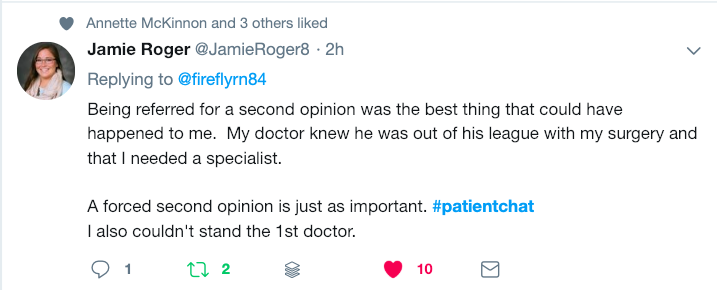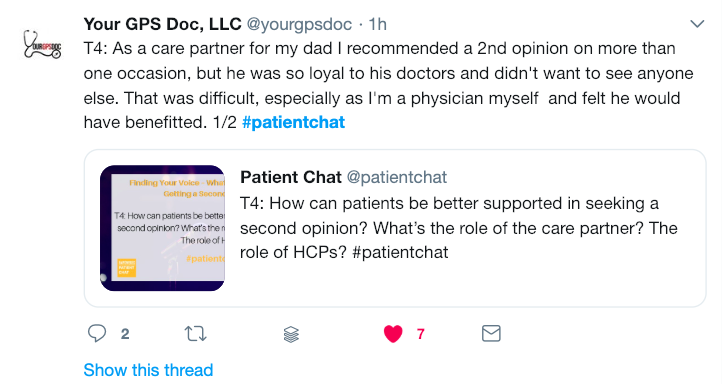Essential Imaging and Chromosome Tests after a Myeloma Diagnosis
Essential Imaging & Chromosome Tests After a Myeloma Diagnosis from Patient Empowerment Network on Vimeo.
Charise Gleason, a nurse practitioner, explains why tests such as bone marrow biopsy, FISH test and full-body imaging are considered essential for patients after a myeloma diagnosis.
Charise Gleason is a nurse practitioner specializing in myeloma and serves as the Advanced Practice Provider Chief at Winship Cancer Institute of Emory University. Learn more about Charise, here.
Related Programs:

Myeloma Targeted Therapy: Why Identifying Chromosomal Abnormalities is Key |

|

Key Considerations When Choosing Myeloma Treatment: What’s Available? |
Transcript:
Charise:
The essential testing that a myeloma patient should undergo following a diagnosis is – obviously, you’ve had those diagnostic test labs, the 24-hour urine, some scans, but the specific things that we need are a bone marrow biopsy.
That includes cytogenetics and FISH, and we can talk a little bit more about that. You also want full-body imaging. We used to always use a skeletal survey, which was an X-ray of the long bones. But, really, the standard of care now is a whole-body scan.
So, depending on what your oncologist or your institution has, that would be a full-body CT scan, a PET-CT scan, or a full-body MRI. So, one of those tests is recommended. It’s not unusual if you have a PET. Like our institution, we use PET-CT. So, for a newly diagnosed patient, we’re also going to get an MRI of the spine for a further snapshot.
What we’re looking for with a full-body imaging is we want to make sure that there aren’t any lytic lesions.
So, with an X-ray, you have to have about 30 percent bone loss before it’s going to show up on an X-ray. So, those traditional X-rays that we used to use could actually miss an active lesion. So, in that diagnosis, we want to know that there is no active myeloma. And those other scans are going to be more specific to that.
So, the cytogenetics of a bone marrow biopsy are going to tell us more about the biology of the disease. So, cytogenetics actually grows out the pairs of cells. And so, that’s why that portion of the test can take a while to get back.
At our institution, it can take two to three weeks, because you’re actually growing out those cells to look at the chromosomes. And remember these are chromosomes, or genes, of the plasma cells. And so, we’re looking for those abnormalities that might be present. So, you think about it more for the biology of the disease.
When we’re looking at FISH, we’re also looking… That test shows a little bit different. It comes back quicker. It shows two different phases of cell changes.
And so, it will tell us about chromosomes as well. But do you have any additional chromosomes – so, that would make it a hyperdiploid narrow. It tells us if there’s a loss of a chromosome – so, you’re missing one, a hypodiploid. It also tells us about translocations – so, when you’ve had a piece of a chromosome change and go to another cell. And so, that, for instance, would be like that translocation t(11;14) or translocation t(4;14). So, it’s essential to have that testing to tell us about that, because it helps guide treatment. And as we talk more about targeted therapy, these things really can come into play.

















